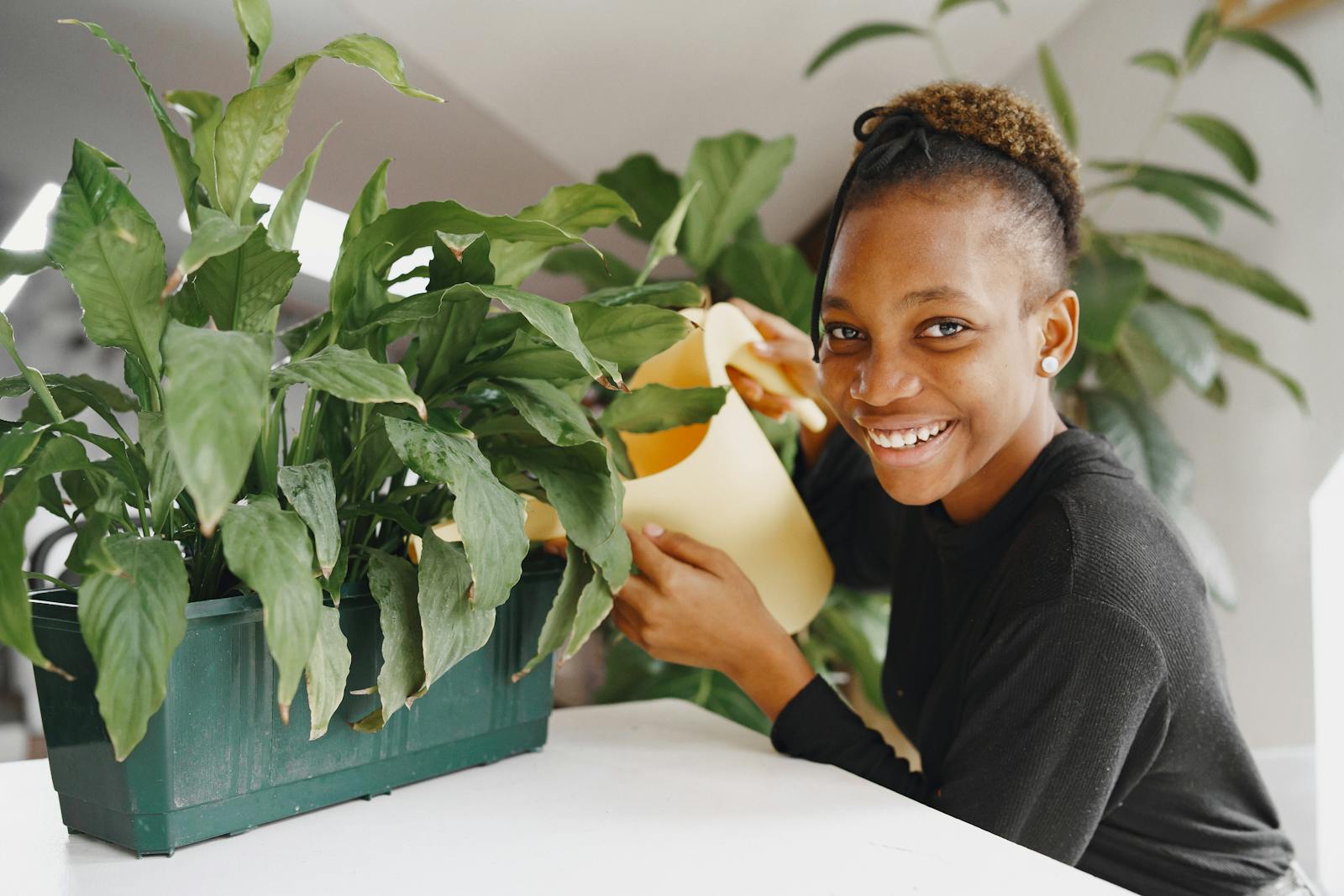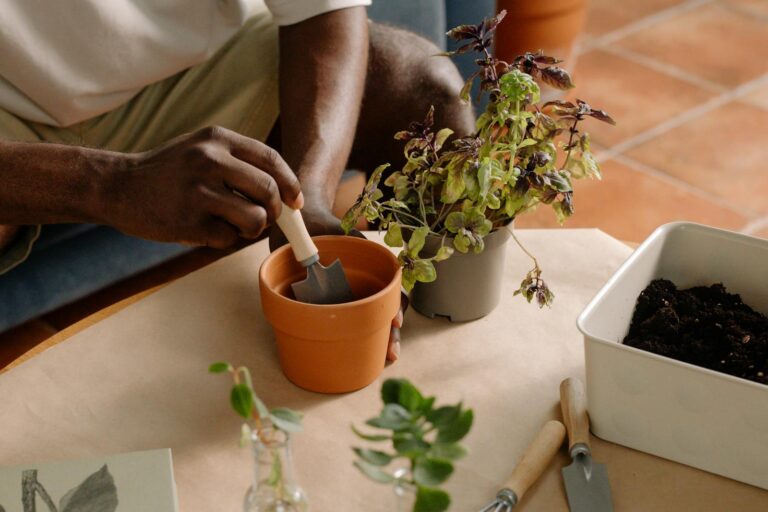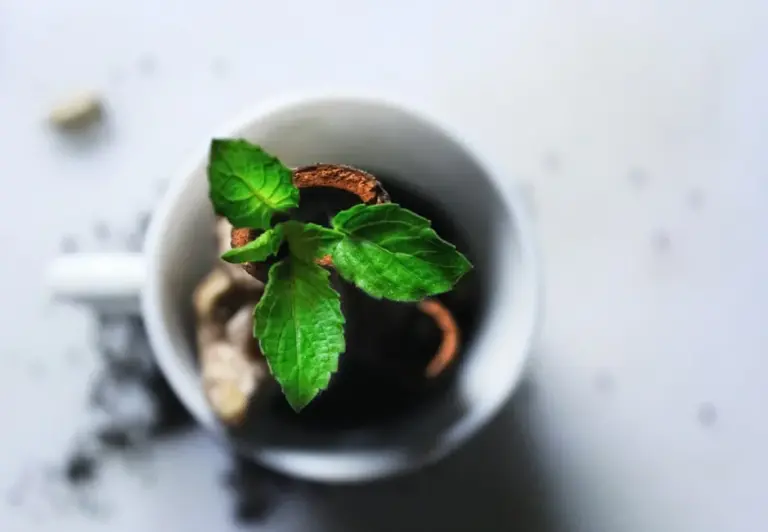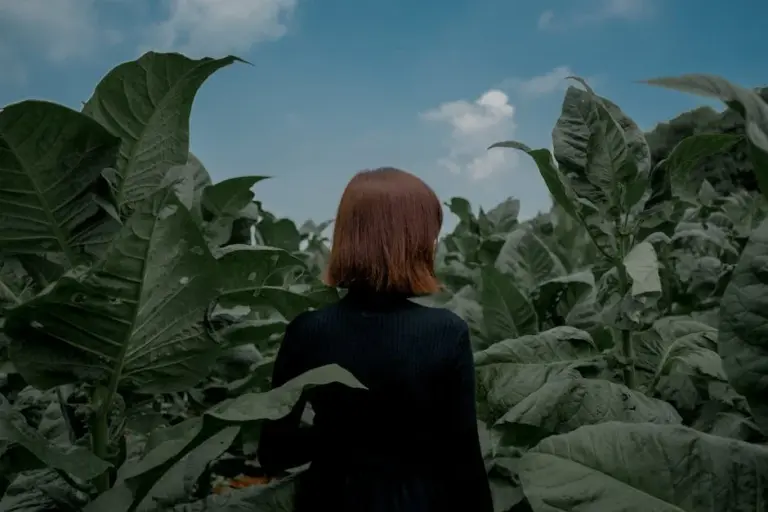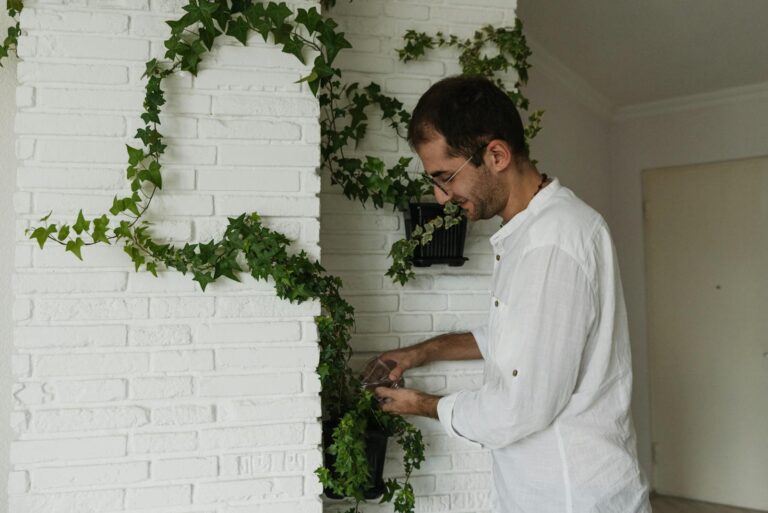Weird and Wonderful Plants You Never Knew You Could Grow: Discover Unique Greenery for Your Home Garden
Gardening doesn’t have to be ordinary or predictable. You can explore a wide variety of plants that add unique shapes, colors, and textures to your space, making your garden stand out in cool and unexpected ways.
Weird and wonderful plants bring a fresh twist to gardening by offering unusual features and growth habits you might never have considered. Whether you have a small patio or a large backyard, these plants can spark your curiosity and invite you to try something new in your garden.
Mimosa Pudica (Sensitive Plant)
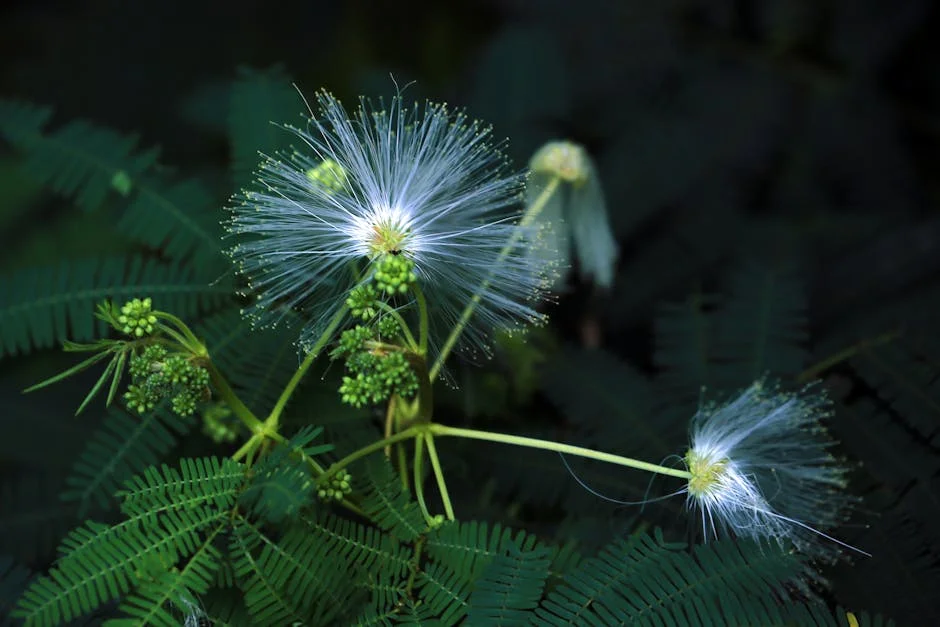
You’ll enjoy watching Mimosa pudica, also called the Sensitive Plant, because its leaves quickly close when you touch them. This unique reaction is called thigmonasty, and it makes the plant appear shy or bashful.
Growing Mimosa pudica is simple. It prefers bright sunlight and well-draining soil. You can easily care for it indoors as long as you keep humidity high and avoid overwatering.
Your Sensitive Plant will show its special behavior most when gently disturbed. After about 10 to 20 minutes, its leaves will reopen, ready for the next touch. It’s a fun and interactive plant that adds personality to your home.
Lithops (Living Stones)
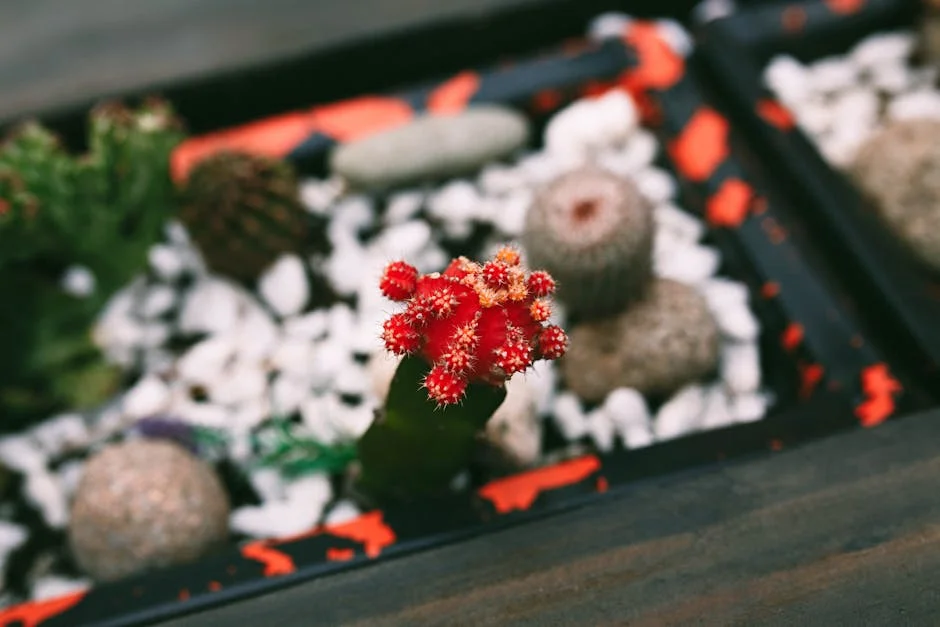
Lithops are tiny plants that look just like small stones or pebbles. You’ll notice they have thick, paired leaves with a split where the flower grows. Their colors and patterns help them blend into rocky surroundings, making them quite unique.
To grow Lithops, give them plenty of sunlight and use well-draining, sandy soil. Be careful with watering, too much can cause them to rot. They thrive best when kept dry most of the time, mimicking their natural desert habitat.
These plants are slow-growing and low-maintenance. They add an interesting and unusual touch to your home, especially if you enjoy succulents with a twist.
Nepenthes (Pitcher Plant)
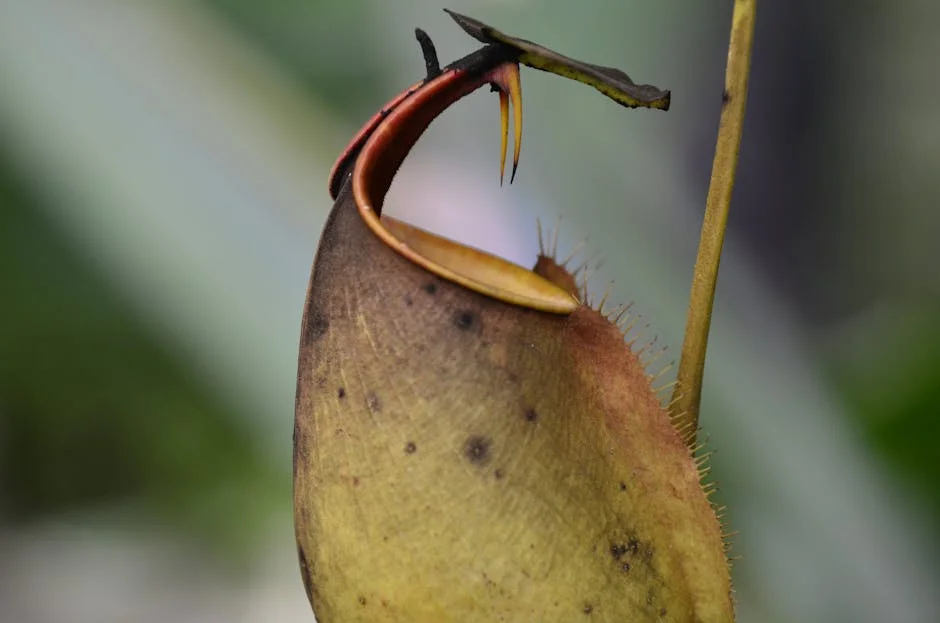
If you’re looking for a plant that stands out, Nepenthes, or pitcher plants, might be just the thing. These tropical carnivores trap insects in their unique pitcher-shaped leaves.
You’ll need to keep them in warm, humid conditions with plenty of bright light. Good air circulation and well-draining, porous soil also help them thrive.
Watering is important, never let the soil dry out. Using a saucer of water to let the plant absorb moisture is an easy method to keep them happy. They’re definitely a curious and rewarding addition to your home or garden.
Dionaea Muscipula (Venus Flytrap)
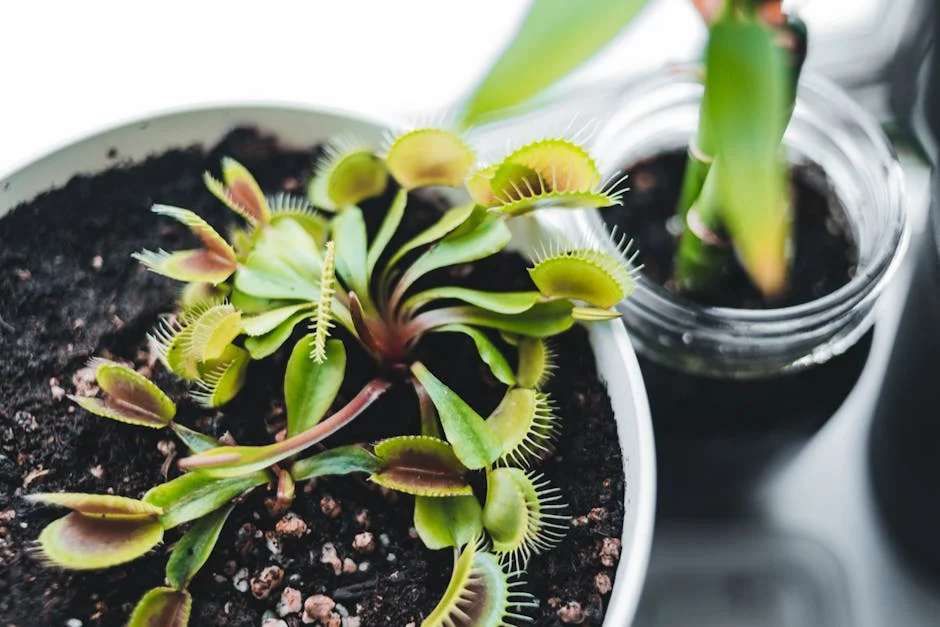
If you want a plant that’s truly unique, the Venus Flytrap is a fun choice. This carnivorous plant catches insects with its jaw-like leaves that snap shut when triggered.
Growing one takes some care. Your Venus Flytrap needs plenty of sunlight and moist, acidic soil. It also requires a period of winter dormancy to thrive.
Watching your plant trap insects is rewarding. Just avoid feeding it too often, as it gets nutrients mainly from the soil. With patience, your Venus Flytrap can grow and even bloom.
Staghorn Fern
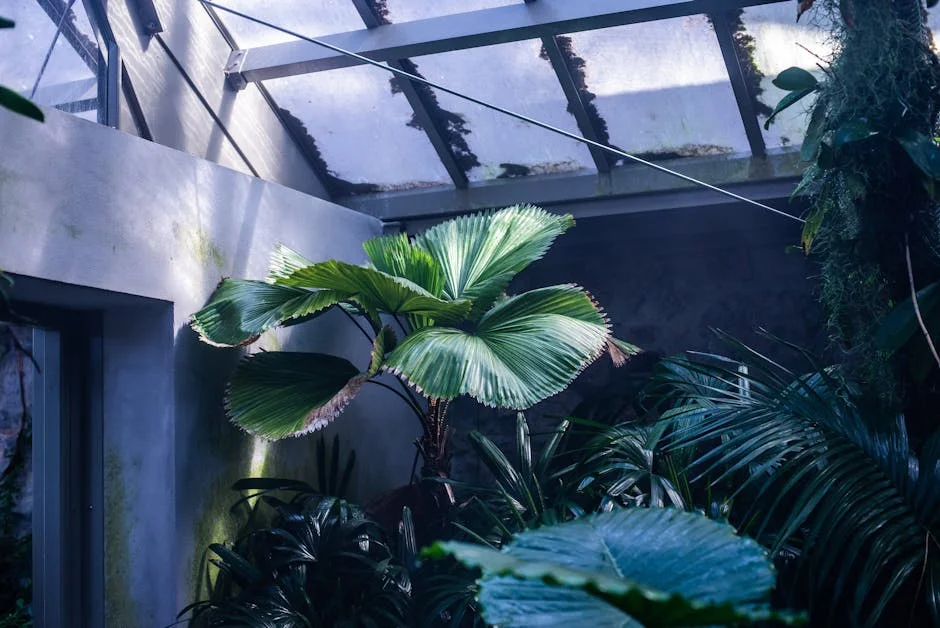
The staghorn fern is a fascinating plant with fronds that look like deer antlers. You’ll find them growing naturally on tree trunks in warm, tropical places.
This fern doesn’t grow in soil. Instead, it attaches to surfaces and absorbs moisture through its fronds. You can hang it on a board or mount it on wood to display its unique shape.
Keep your staghorn fern in a humid spot with bright, indirect light. Water it by misting or soaking the root area every week or so, depending on your home’s humidity.
It’s an easy plant to care for once you get the basics down, and its unusual look adds a wild touch to your space.
Welwitschia Mirabilis
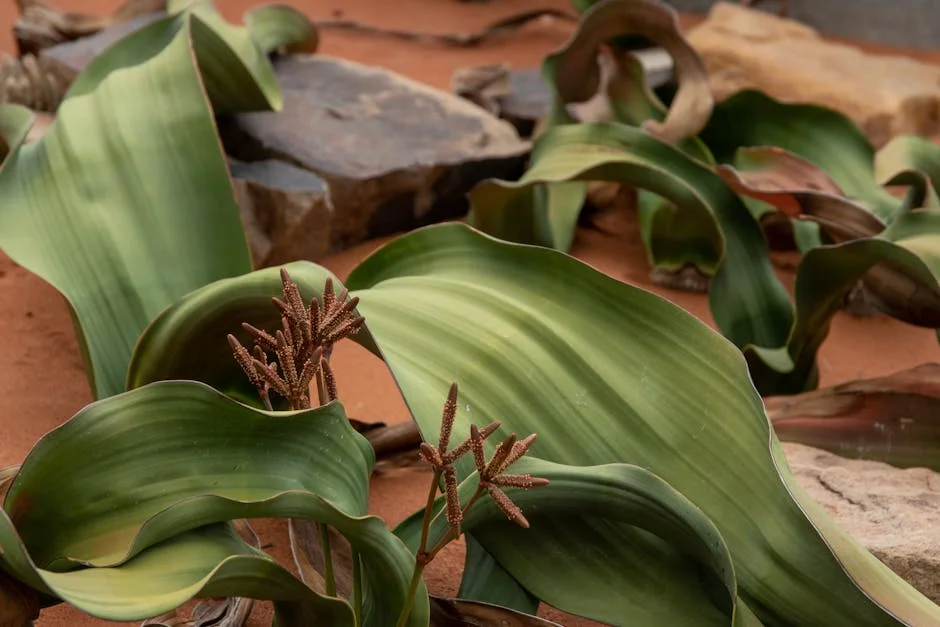
Welwitschia mirabilis is unlike any plant you have seen before. It lives in the harsh Namib Desert and grows only two leaves for its entire life. These leaves keep growing and can live for over a thousand years.
If you decide to grow Welwitschia, know that it needs very specific conditions. The soil must mimic its desert home, and it requires careful watering. Its strange look and slow growth make it a rewarding challenge.
Selaginella Lepidophylla (Resurrection Plant)

You might be surprised to learn about Selaginella lepidophylla, also called the Resurrection Plant. It can survive long periods without water by curling into a dry ball, then “coming back to life” when you add moisture.
This plant is very low-maintenance. Just soak it in water for a few hours to see it unfold and green up. Afterward, allow it to dry out naturally.
It’s perfect for adding something unusual to your collection. Plus, you don’t need to water it often, making it great if you forget sometimes.
Hydnora Africana
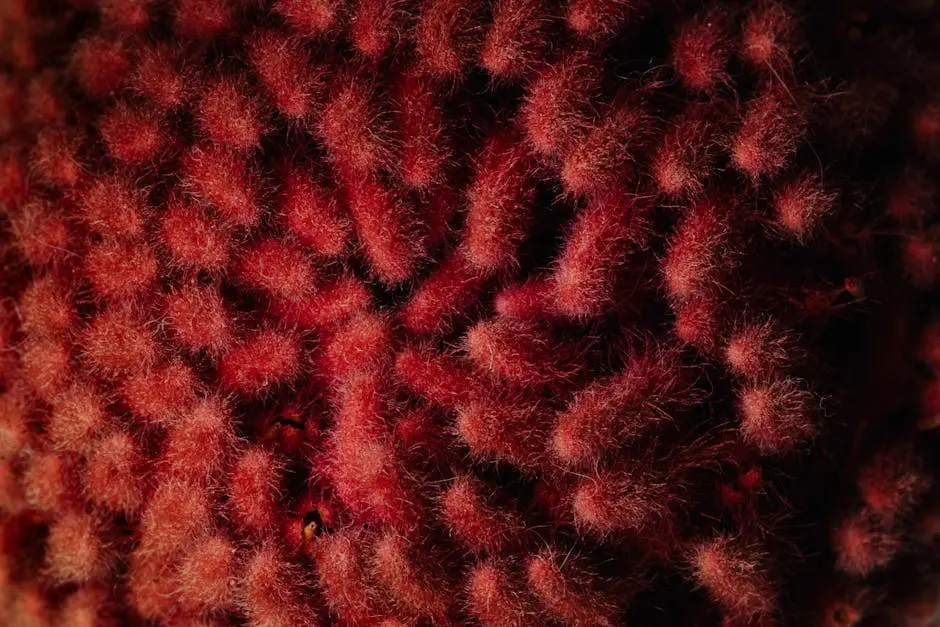
If you’re looking for a truly unique plant to grow, Hydnora africana is an intriguing choice. It lives mostly underground and only its strange, flower-like structure appears above the soil.
This plant doesn’t have leaves or chlorophyll, so it doesn’t rely on sunlight. Instead, it parasitizes the roots of other plants, mainly species of Euphorbia.
Be ready for an unusual smell, it emits a strong odor often compared to decay. This helps attract insects that pollinate its flowers. Hydnora africana is definitely a conversation starter for any plant collection!
Hoya Kerrii (Sweetheart Plant)
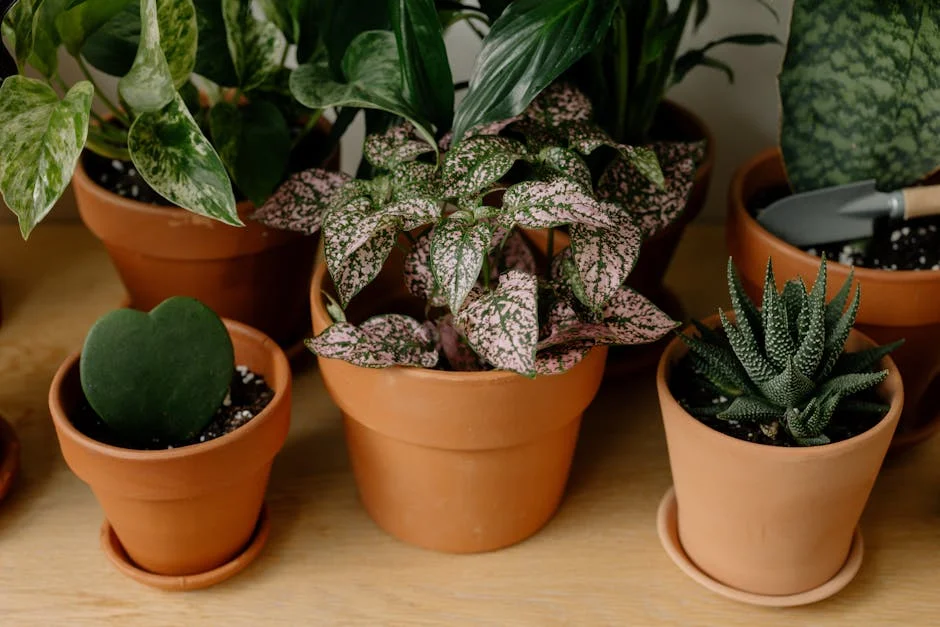
You’ll love the Hoya Kerrii for its thick, heart-shaped leaves that make it a charming addition to any room. It’s often sold as a single leaf, but real growth happens when you care for a vining plant.
This sweetheart plant thrives in bright, indirect light. Water only when the soil feels dry to avoid overwatering. It prefers well-draining soil and can climb or trail, adding a little greenery personality to your space.
While it looks like a succulent, it’s actually a vine. With a bit of patience, your Hoya Kerrii may even bloom sweetly fragrant flowers when mature.
Calathea Orbifolia

If you want a striking plant with big, round leaves, Calathea Orbifolia is a great choice. Its silver-green stripes create a bold look that stands out in any room.
This plant is native to South America and prefers bright, indirect light and high humidity. It’s perfect for bathrooms or kitchens where moisture levels are higher.
Be ready to give it regular water and avoid letting the soil dry out completely. While it can be a bit fussy, the lush, patterned leaves make the effort worth it.
Calathea Orbifolia also moves its leaves up and down, a process called nyctinasty, adding a little daily motion to your indoor garden.

